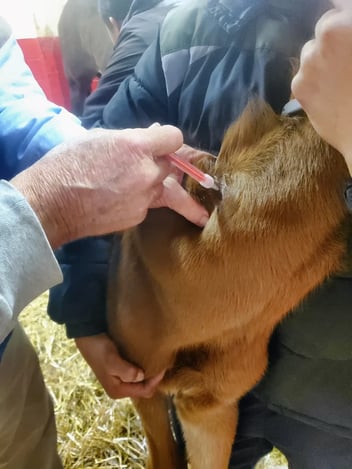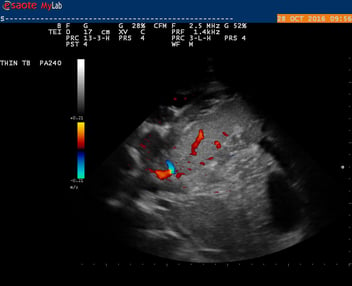Regaining the Social License of Horse Racing
The real battle racing has is not with Animal Rising, a relatively small extremist animal rights group, but to regain the social license of the sport. Society’s trust in an industry or activity is underpinned by a range of factors including confidence in the transparency of the industries operations, credibility, legitimacy and the competence of its leaders as well as the relevance to society of the values that it espouses.
The battle racing has is to win the hearts and minds of the public , to prove that the animal’s best interests are at the heart of the sport. The HISA (Horse Racing Integrity and Safety Act) in the USA was passed to help establish confidence, legitimacy and credibility. Progress on veterinary research on racing injuries and common respiratory conditions in racehorses has been slow, largely for the want of data. It is vital that the industry can stand over the outcome of every horse entering and leaving the sport.
A recent debate between Steve Asmussen and Dr Clara Fenger (Listen Here) highlighted just how many factors might play into the recent deaths of twelve horses at Churchill Downs. Was this track related? Is this down to treatments or therapies used by veterinarians? Do the problems go back further, to breeding or to the pressure to produce a certain ‘look’ for the sales? The bottom line is we do not currently track horses, horse injuries, treatments in sufficient numbers.
With better data sets, these questions vital to welfare could be analysed and real answers found. Being able to stand over injury numbers is no longer a “should do” but essential to demonstrate that everything possible is being done to make equestrian sport safe. This is where technology can really make an impact on animal welfare. The spotlight is on racing and to the modern person in an era of rapid technological advances claiming it is too difficult or too expensive to monitor horses smacks of a deliberate attempt to hide malpractice. Traceability and transparency will be essential for the future of equine sports.
“People need to see how well the horses are cared for, how few fatalities there are and how that number is dropping and these people can be persuaded to engage with the sport, to watch racing and to learn more about it.”
Neil Channing Read Full Article Here




